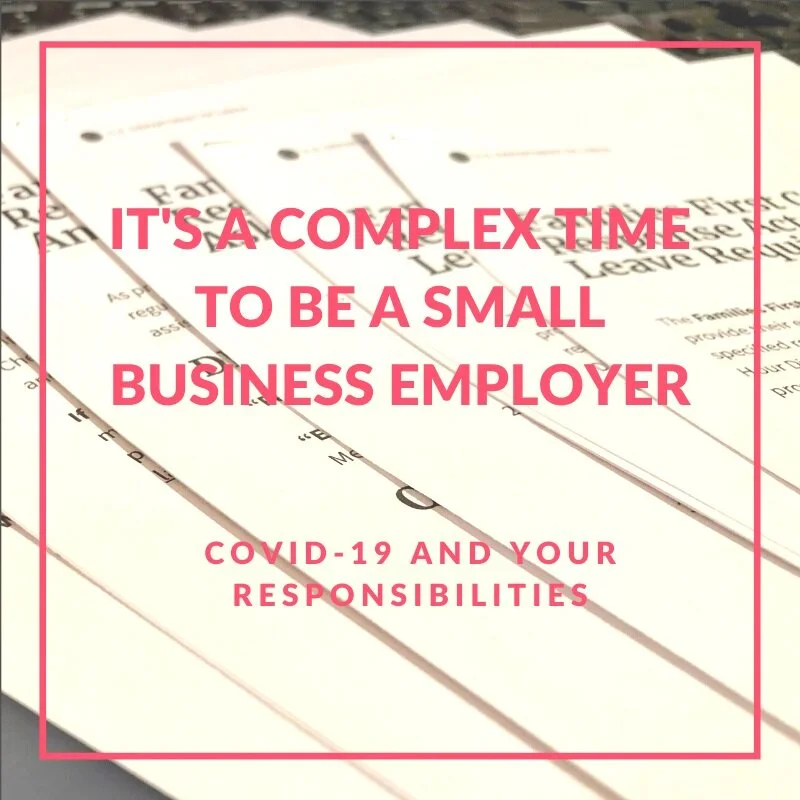Mental Health Support in the Workplace
Between a global pandemic, political strife, social unrest, school from home, our workforce is understandably stressed. The uncertainty all around us can lead to stress and anxiety. It may not be consistent, but it could be. It may come in rolling waves, or devastating tsunamis.
Leaders who operate small businesses a year ago may not have thought that workplace mental health would be a top priority. In 2021, these same leaders are seeking resources for their workforce. I’m fielding questions, can we provide mental health counselors to our workforce after a crisis? Or, what professional development workshops should we bring to our workforce to counteract external stress? These questions, or similar, are coming up weekly and have created an urgency to write this blog article.
Setting a steady foundation for your workplace by using these five methods below can help empower, engage, and stabilize your workforce.
Five things small businesses can do to support the mental health of their workforce:
Provide and promote your Employee Assistance Program (EAP). If an EAP is not part of your benefits package, add this benefit immediately. An EAP allows employees to call a 1-800 number or website to get assistance in various areas from mental health, finances, seeking legal help, etc. If you have an Employee Assistance Program be sure that the number is easily available to your workforce (and their family members). Promote your EAP regularly in newsletters, on your intranet, benefit handouts, etc. If your employee is in the midst of a personal or family crisis, make it seamless for them to find this information.
Utilize an outside mental health professional to facilitate Well-Being Training for your workforce. Many times this can be coordinated through the Employee Assistance Program. Depending on the needs of your particular group, this could include tips and strategies to manage stress, disconnection, loneliness, or even anxiety. Hosting a training like this tells your workforce that their well-being is important and right now many people can benefit from that message and practical application.
Ensure that your managers have regular 1:1 meetings with each of their direct reports. These meetings are critical for workplace productivity, employee engagement and can even help with well-being if managers are skilled at providing space to employees. If you’re unsure how to facilitate 1:1 meetings here is a useful episode from Michael Hyatt’s Lead to Win podcast, episode #98 How to do one-on-one’s.
Give your workforce a break. Lay off just a little on production goals and focus on what’s going right for your individuals, team, and workplace.
Provide appreciation to your team members for the work that they are doing. A study of over 100,000 employees found that 47% of people report that Words of Appreciation is their primary way they like to be appreciated, followed by Quality Time, Acts of Service, and Gifts (Emerald Publishing, 2017). Speak to your employees in their own language of appreciation to get the biggest return on your investment. Note: Want to learn more about the language of appreciation? See training opportunities here; Appreciation at Work, What motivates your team members?
How can small businesses support their employees’ mental health?

























